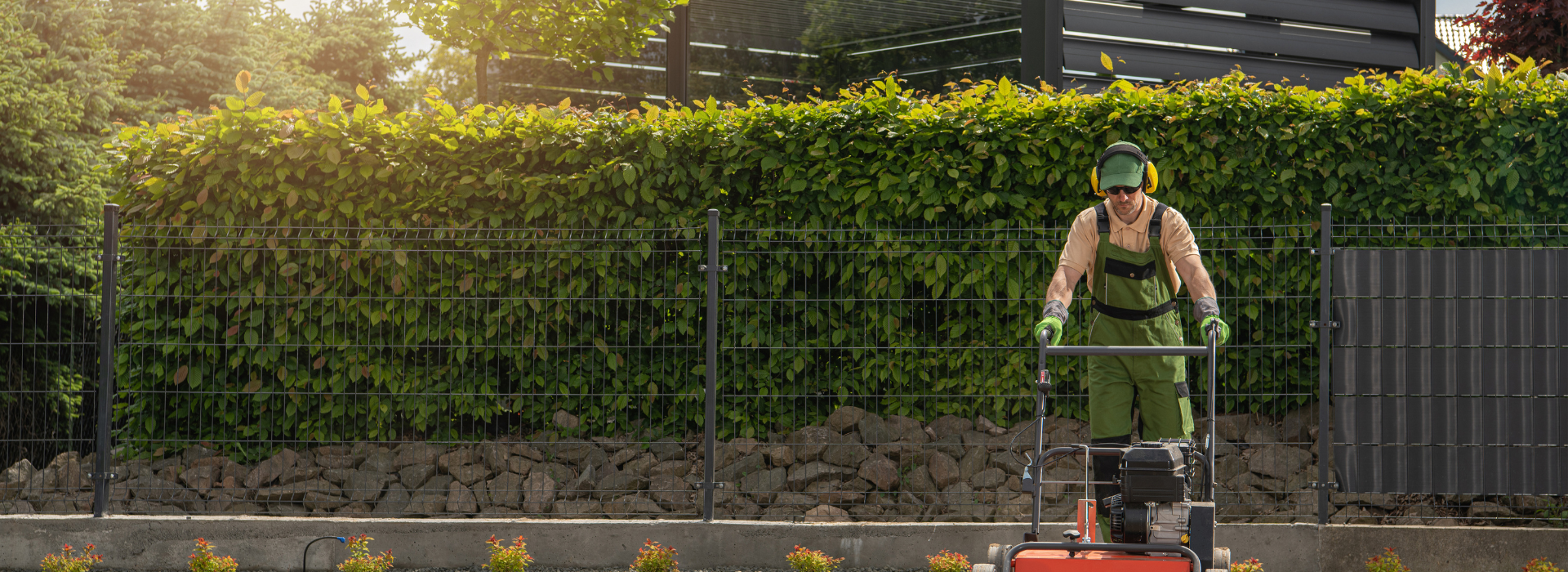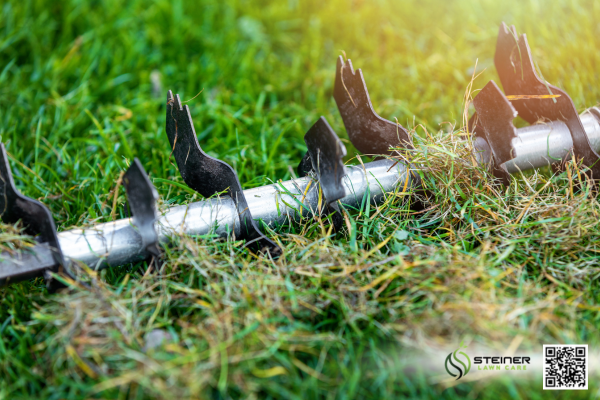
When it comes to achieving a healthy, thriving lawn, spring lawn aeration is one of the most important but often misunderstood steps. As April draws to a close, many homeowners wonder:
“Is it too late to aerate my lawn?”
The short answer?
It depends on the type of grass you have — and your lawn’s unique needs.
Lawn aeration is the process of perforating the soil with small holes to allow air, water, and nutrients to penetrate grass roots. This helps the roots grow deeply and produce a stronger, more vigorous lawn.
Over time, soil can become compacted due to foot traffic, rainfall, and regular mowing, limiting your lawn’s ability to absorb the nutrients it needs. Aeration solves this by breaking up the soil, making it easier for your grass to thrive.
The answer to this question largely depends on the type of grass you’re growing. Different grasses have different growth cycles, and spring lawn aeration can either support or disrupt these natural patterns.
If your lawn is planted with cool-season grasses like fescue or Kentucky bluegrass, aerating in late April can actually do more harm than good.

If your lawn consists of warm-season grasses, spring is actually an ideal time for aeration — especially in late April.
Aeration is simple, but doing it correctly will make all the difference for your lawn’s health.

For best results, use a core aerator rather than spike aerators. Core aerators remove small plugs of soil from the ground, providing space for air, water, and nutrients to flow.

Water your lawn 24 hours before aeration to soften the soil. This makes the process smoother and more effective, reducing stress on your grass.


Run the aerator over your lawn in one direction, then repeat the process at a 90-degree angle. This ensures thorough coverage and maximizes soil decompaction.

Once your lawn has been aerated, it’s the perfect time to apply a balanced fertilizer. For cool-season grasses, overseeding post-aeration helps fill in bare patches. For warm-season lawns, fertilizing encourages robust summer growth.
Performing spring lawn aeration on time offers incredible long-term rewards:
When done properly, aeration can turn even a struggling lawn into the envy of the neighborhood.
Want a lush, healthy lawn without the guesswork? Our team of trained lawn care specialists can handle everything — from spring lawn aeration to fertilization and weed control.
✅ Locally Owned and Operated
✅ Eco-Friendly Lawn Solutions
✅ Satisfaction Guaranteed!
